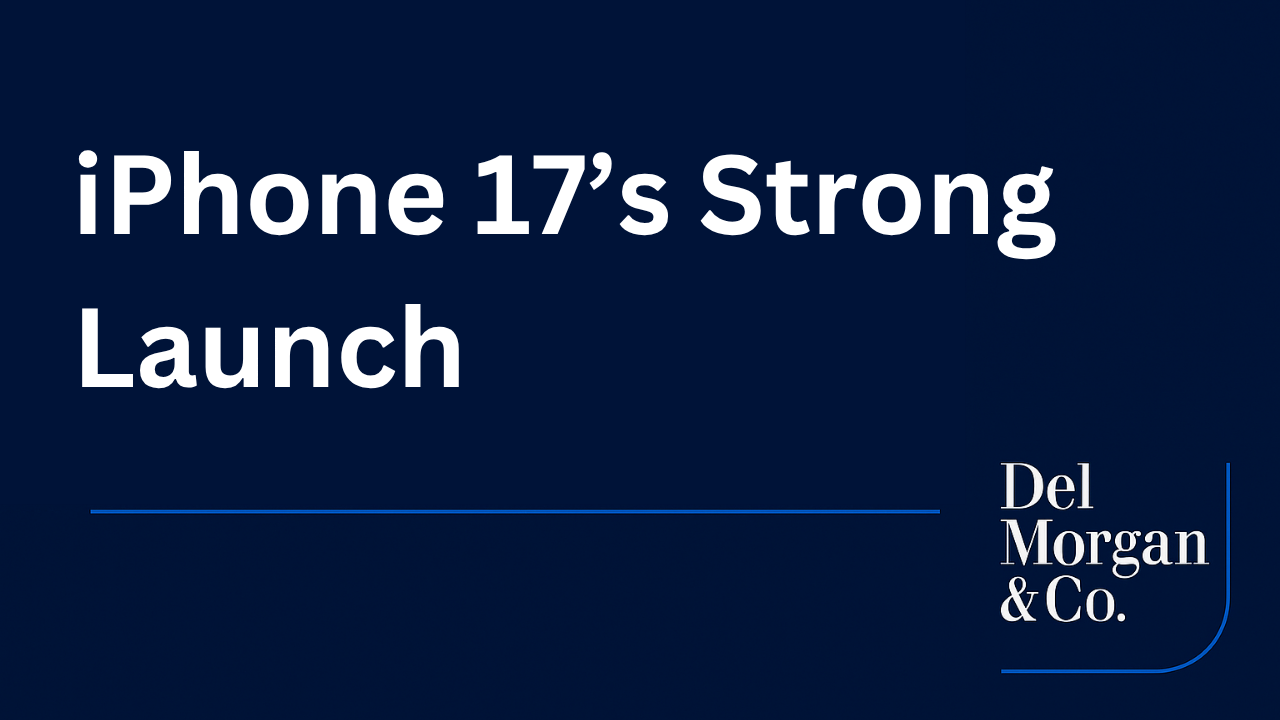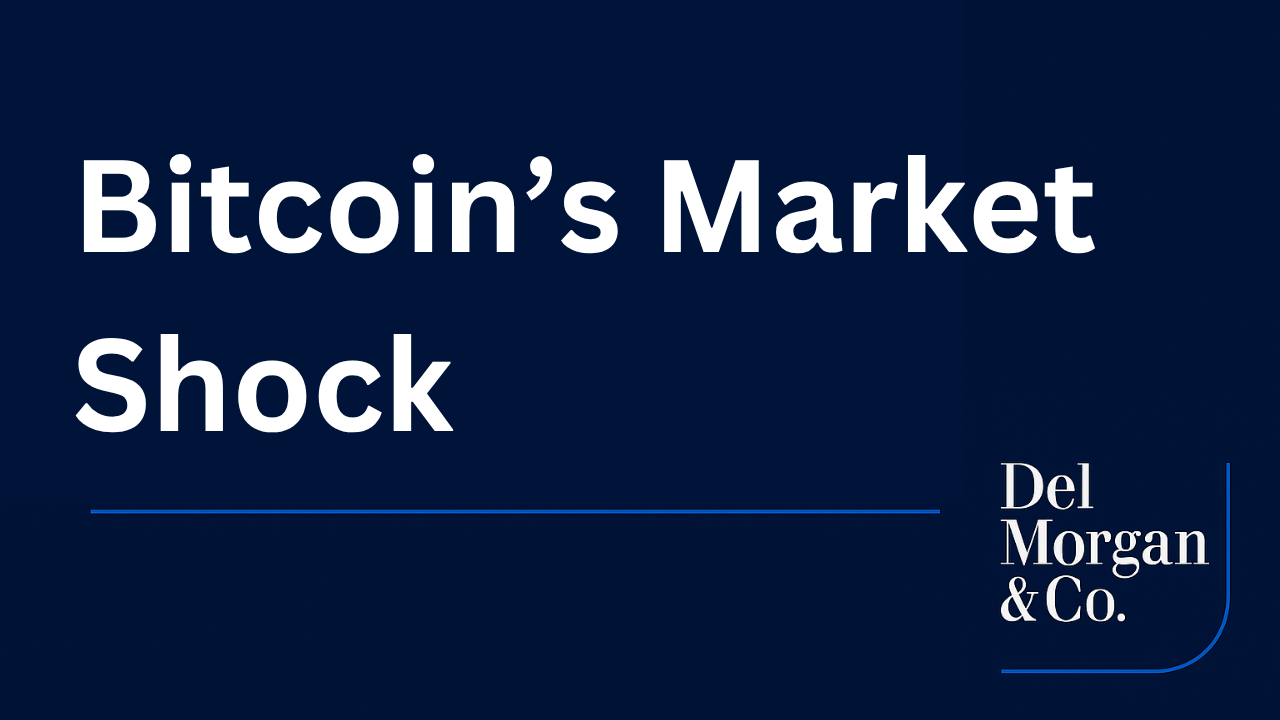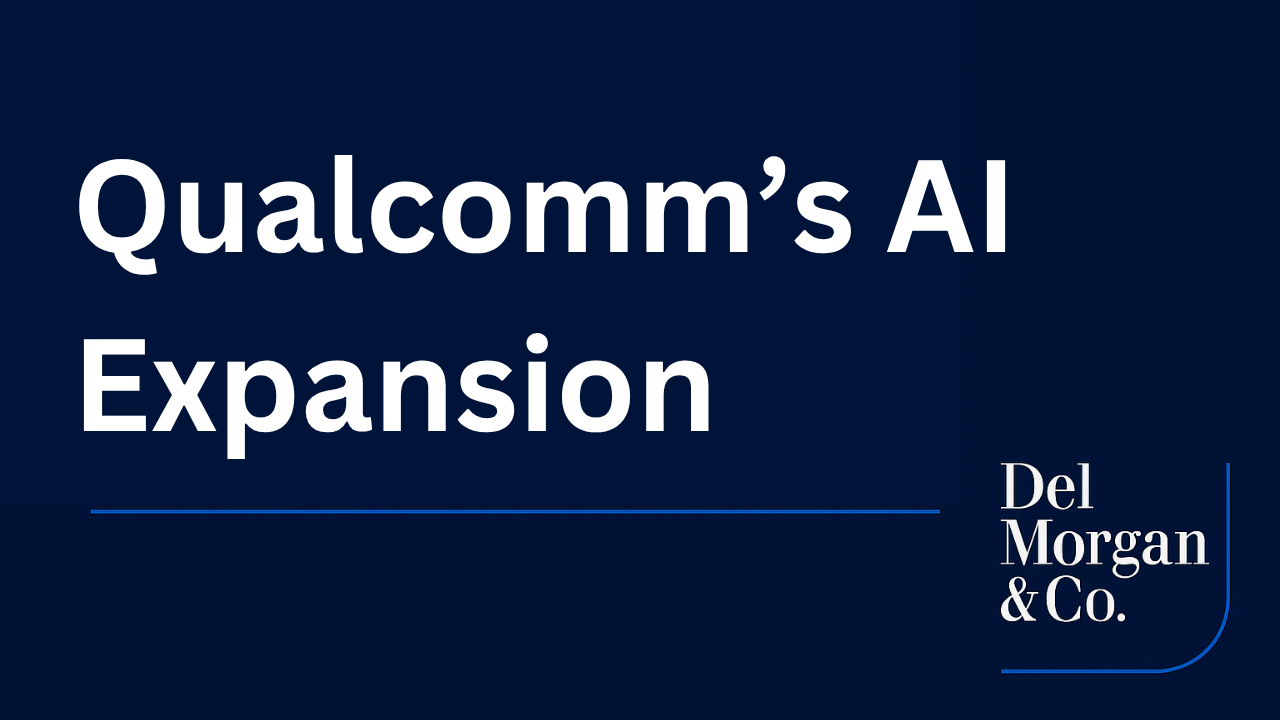Early reports indicate the iPhone 17 series has opened with stronger-than-expected consumer demand, a development that has immediate implications for Apple and ripples across the broader technology sector. Market intelligence firms and major financial outlets have highlighted outsized sell-through in the United States and China, with notable strength in both the base and premium models. This initial momentum is already influencing investor sentiment, component sourcing strategies and competitive positioning among handset makers.

Sales Performance and Data Signals
Sell-through data from research firms show the iPhone 17 lineup outpaced the iPhone 16 series during the launch window, with one widely cited report putting the differential at about 14 percent in the first ten days in Apple’s two largest markets. Analysts point to a combination of enhanced base-model specs – including upgraded silicon, improved display technology, higher base storage and a better selfie camera – as drivers of the stronger conversion rate, particularly in China where the base model nearly doubled its predecessor’s early sales. The mix of volume growth in entry premium tiers and strong take-up of flagship variants suggests the launch is capturing both replacement demand and higher value upgrades.
Financial Market Reaction and Investor Implications
Financial markets responded quickly to the sales news, lifting Apple’s share price and market capitalization as investors priced in renewed iPhone momentum and stronger hardware revenue for the coming fiscal quarter. Commentary from market outlets links the early sales surge to raised revenue forecasts and to a broader reassessment of Apple’s near-term growth trajectory in a smartphone market that had been stagnant for several years. While some analysts caution that initial sell-through can be frontloaded and that margins could be pressured by promotional activity, the consensus among many research desks is that the iPhone 17’s strong opening supports a rebound in device revenue and reinforces the company’s dominant ecosystem monetization.
Supply Chain and Component Supplier Effects
Stronger-than-expected order flow for the iPhone 17 imposes shifting demands on Apple’s global supply chain, with tier one suppliers for chips, displays and camera modules likely to see elevated near-term volumes. Supply chain signals reported by industry outlets point to upward revisions in some production forecasts, with estimates for second –half device orders reaching high tens of millions according to supply-side checks. At the same time, Apple’s nimble production management means the company may reallocate lines among models based on early demand, which can create winners and losers among contract manufacturers and component vendors depending on which SKUs require ramp. Companies that supply A-series silicon, OLED displays and 3D sensing components stand to benefit from increased volumes, while smaller niche suppliers may face volatility as Apple fine-tunes production to match global demand patterns.
Carrier, Financing and E-Commerce Market Dynamics
The iPhone 17’s sales strength is also tied to carrier promotions and financing offers that lower the upfront cost barrier for consumers upgrading from older devices. These subsidies and trade-in programs accelerate replacement cycles and boost demand for both premium and entry flagship models by making monthly payments more palatable. An immediate secondary effect is increased activity in the e-commerce market, where used iPhones are refurbished and resold across Asia, Africa and other regions, creating opportunity for firms focused on device lifecycle services and for logistics providers that handle reverse flows. The combined effect is an uptick in ancillary services that feed into device adoption economics across markets.
Competitive Landscape and Platform Implications
Apple’s stronger start with the iPhone 17 tightens competitive pressure on Android OEMs, particularly those targeting the premium segment. Rivals will watch price elasticity and feature reception closely as they plan promotions for the holiday quarter and beyond. Market leaders in the Android ecosystem may respond with targeted discounts, faster refresh cycles or accelerated feature development in areas such as camera performance and battery efficiency. For the broader tech sector, the uptick in iPhone demand buttresses platforms that integrate tightly with Apple hardware, including app developers, subscription services and accessory makers, while also raising the bar for interoperability and cross-platform user experiences.
Risks and Caveats for Sustained Growth
Notwithstanding the positive early signals, several risks could temper the durability of iPhone 17 momentum. Production adjustments are normal during new model ramps, and Apple may trim output of specific SKUs if demand deviates from initial forecasts, an outcome that can be misinterpreted by markets. Macroeconomic headwinds, including consumer discretionary tightening in certain regions, could slow the upgrade cycle after the initial wave. Margin mix matters; if promotions and trade-in incentives rise materially, the uplift in unit sales may not translate to proportional profit expansion. Investors and sector participants should therefore monitor sequential sell-through, carrier subsidy intensity and Apple’s official guidance in upcoming quarterly reporting.
Strategic Opportunities for the Tech Ecosystem
A robust iPhone launch catalyzes a range of strategic opportunities across the tech value chain. Cloud service providers that host app backends may see increased traffic and subscription conversions as new device owners engage with AI–enabled features and ecosystem services. Enterprise mobility managers and security vendors can leverage a fresh wave of device rollouts to push updated management tooling and zero trust implementations. Hardware accessory makers benefit from renewed demand for cases, chargers and wearables, while advertising platforms and analytics firms can capitalize on shifts in user behavior as consumers adopt new on-device AI capabilities and personalized services. In short, the device surge acts as a multiplier for adjacent technology segments that participate in the Apple ecosystem.
Conclusion
The early sales performance of the iPhone 17 series represents a meaningful data point for Apple and for the wider technology sector. Stronger sell-through in the United States and China has already influenced investor expectations and supplier planning, while creating near-term opportunities for carriers, e-commerce players and app-based businesses. That said, sustaining momentum will depend on supply chain agility, the profitability of promotional tactics and broader macroeconomic resilience. For technology companies aligned with Apple’s ecosystem, the iPhone 17 wave provides a platform for growth, while for competitors it sharpens strategic choices around pricing, feature differentiation and go–to–market cadence. Monitoring official Apple metrics and independent sell-through data over the coming weeks will be essential to convert this early success into a durable industry shift.
About DelMorgan & Co. (delmorganco.com)
With over $300 billion of successful transactions in over 80 countries, DelMorgan‘s Investment Banking professionals have worked on some of the most challenging, most rewarding and highest profile transactions in the U.S. and around the globe. DelMorgan specializes in capital raising and M&A advisor services for companies across all industries and is recognized as one of the leading investment banking practices in Los Angeles, California and globally.
Learn more about DelMorgan’s Capabilities, Transactions, and why DelMorgan is ranked as the #1 Investment Bank in Los Angeles and #2 in California by Axial.








